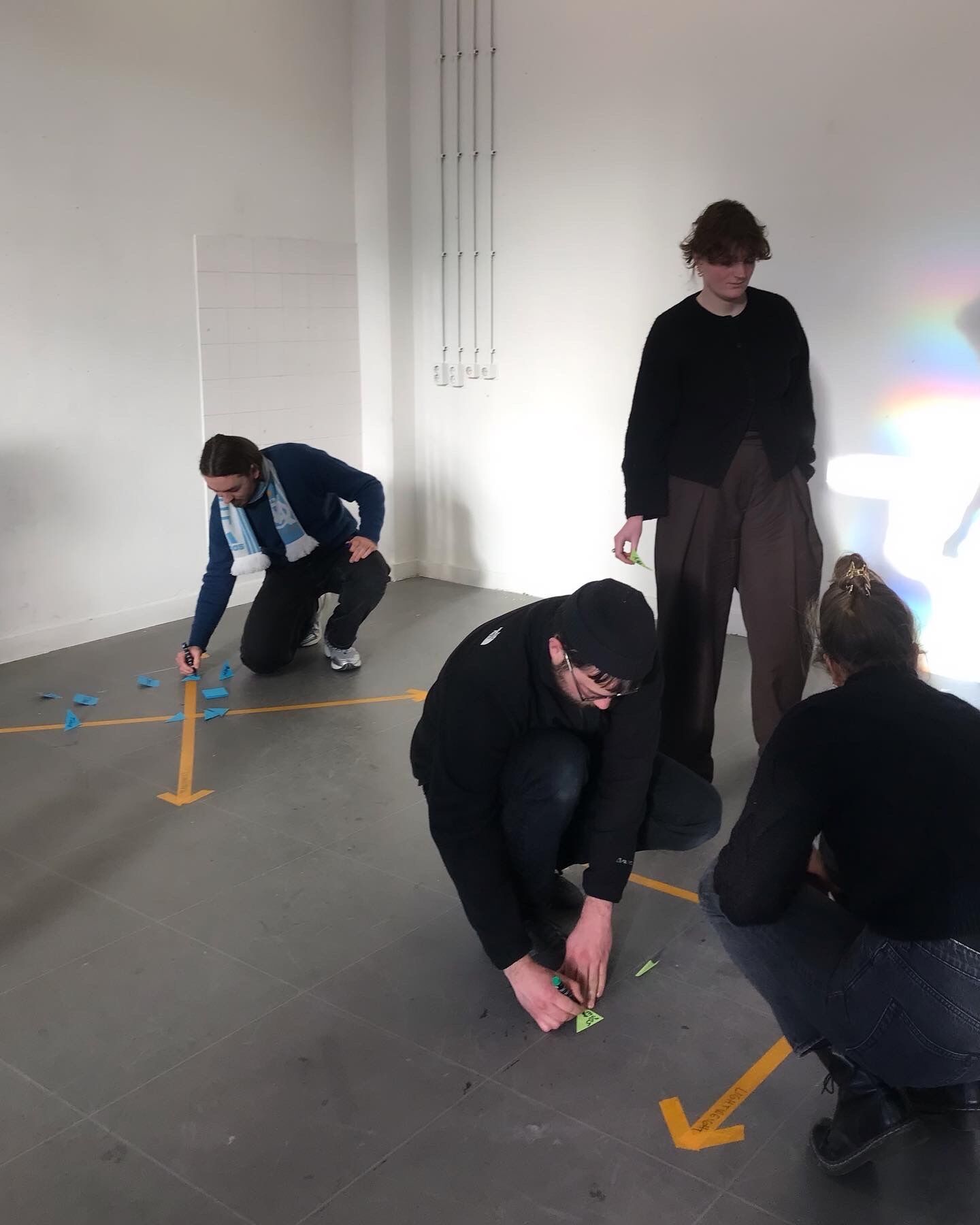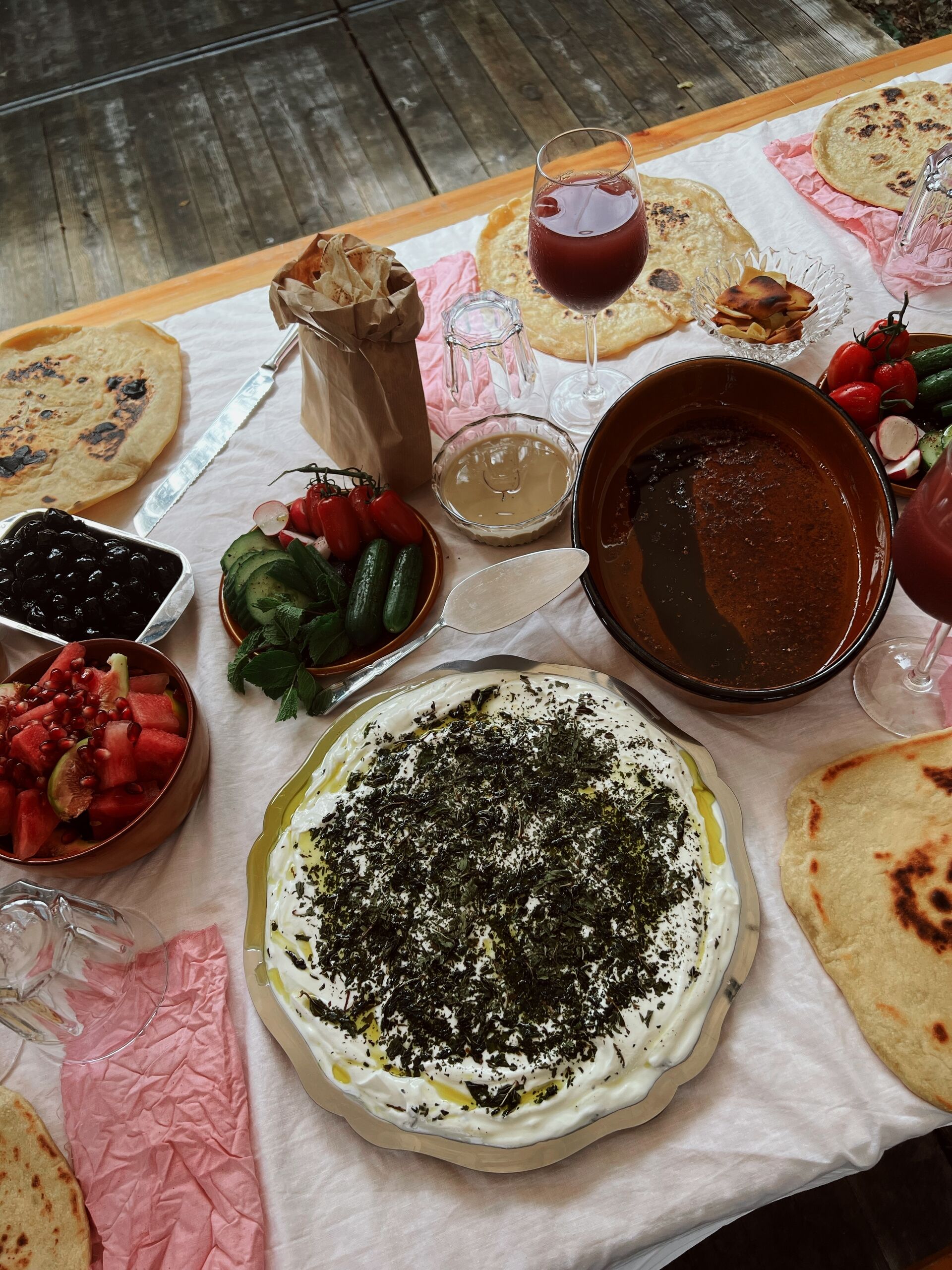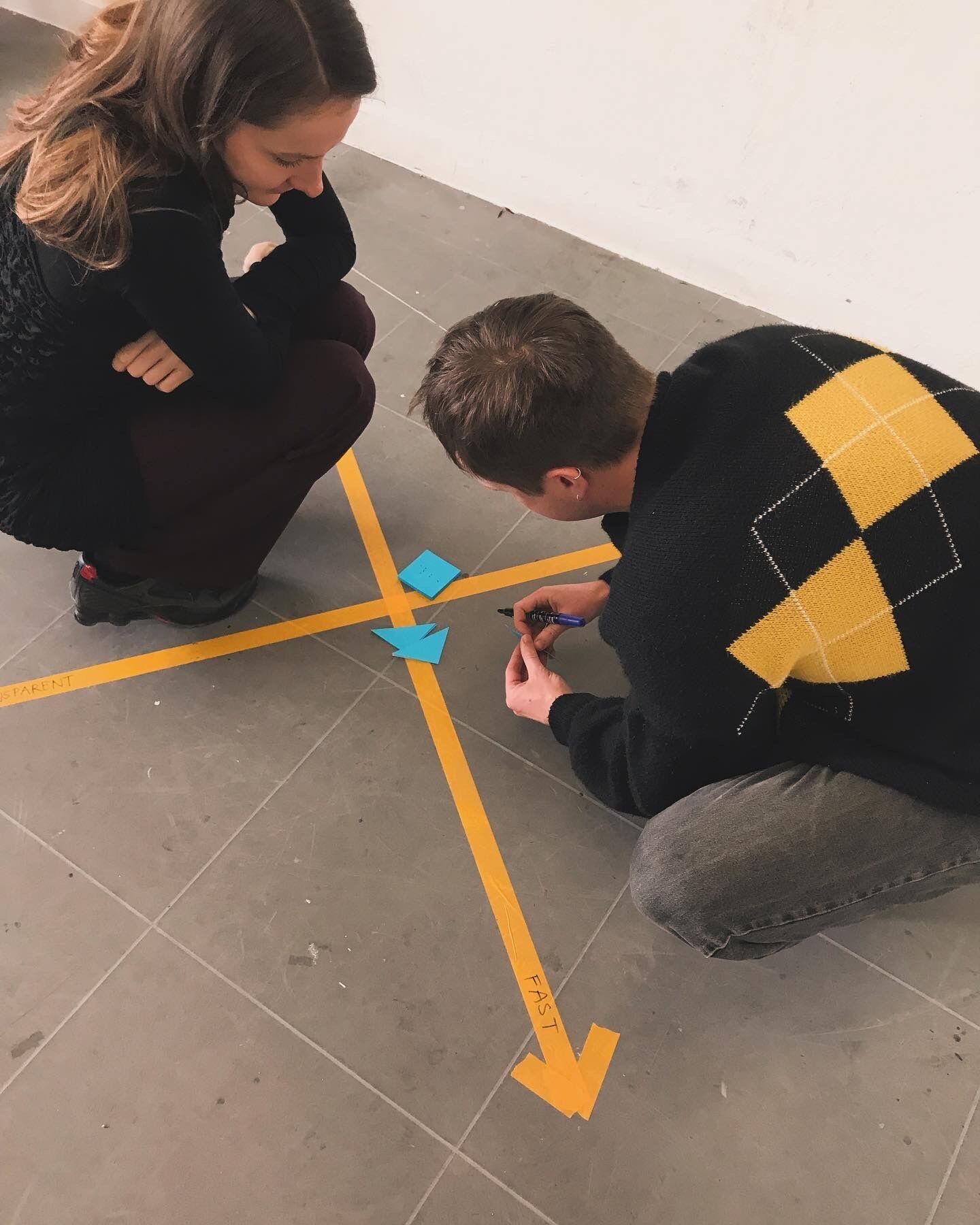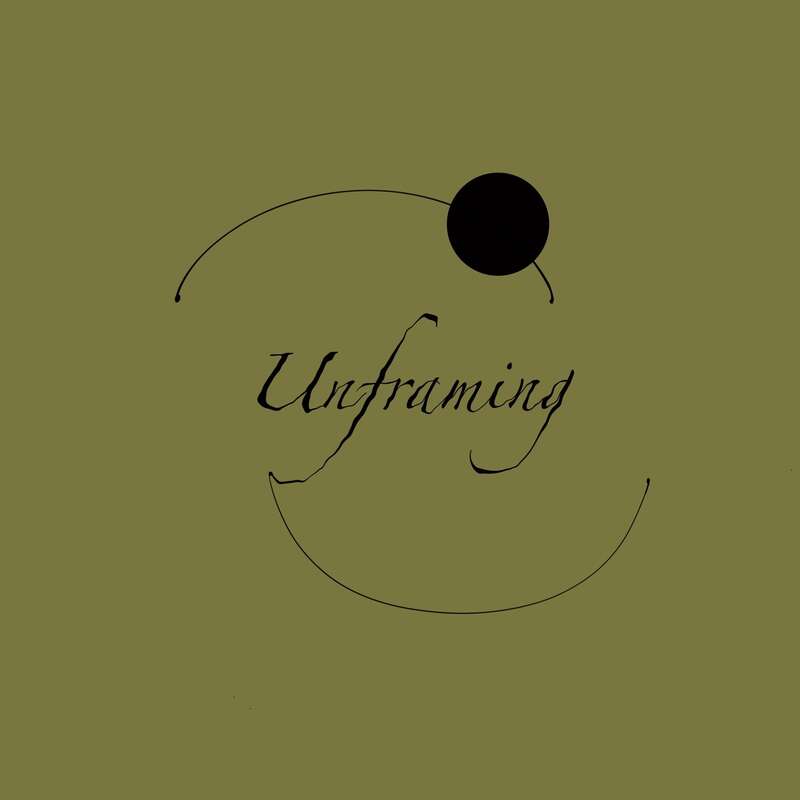
INTRODUCTION
MAPS X TRIGGER
Editor's note: This spring, The Master of Photography & Society of the Royal Academy of Art (MAPS), The Hague, and Trigger collaborate on a series of contributions on ‘unframing’ in photography. Master students critically reflect on how their practices attest to dimensions of unframing. It’s the curator and mentor of MAPS’ exhibition lab, Nuria Bofarull, who, as guest-editor, introduces us to the theme and the challenges.
Nuria Bofarull
28 mrt. 2024 • 5 min
It is 1971 and the Seventh Paris Biennale for emerging artists takes place in Paris. The photographer Takuma Nakahira wonders how the experience of a modern metropolis can be rendered photographically.
It is the birth of Circulation: Date, Place, Events. Nakahira embarked on a photographic journey to capture his surroundings, swiftly exhibiting the resulting images on the same day they were shot and developed in the darkroom, for approximately one week in a site-specific installation.
He indiscriminately documented everything he encountered before his eyes –bustling streets, passer-byes, city traces, posters, subway depths, his hotel breakfast, the dying of his laundry. Day by day, Nakahira’s exhibition wall became overrun with the visual narrative of his sequences, leading him to spread the photographs onto the floor. Upon his return to Japan, he would write: 'Now, as a result of this project, I can feel that the things that I say and the things that I do are beginning to agree with one another for the first time.'Nakahira Takuma, ‘The Exhaustion of Contemporary Art: My Participation in the Seventh Paris Biennale’(December 1971), Circulation: Date, Place, Events (Osiris, 1971), 244.
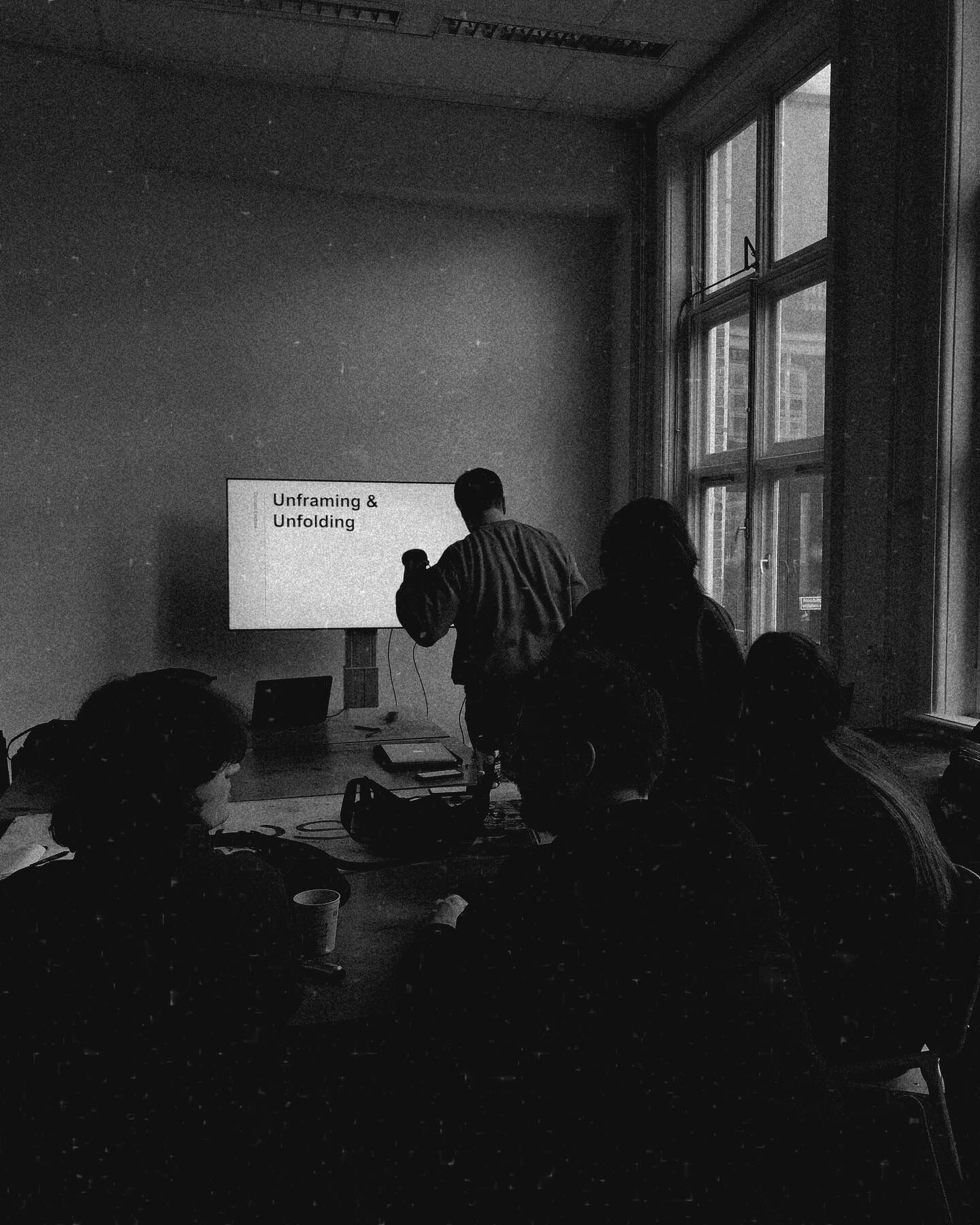
The Japanese photographic movements from the 60’s and 70’s in which we insert Nakahira’s experimentations are a consistent example of explorations and experimentations with the photographic medium and its displaying potential. Nevertheless, within the exhibition space –and its more, widely accepted, standard form, the museum wall- we are mainly accustomed to the framed, still image. Curators as John Szarkowski held a great deal in shaping and influencing the insertion of photography into the realm of the Western fine arts and its displaying format, following what traditionally was adopted by painting.
Photographs, which package the world, seem to invite packaging –wrote Sontag. They are stuck in albums, framed, tacked on walls and projected on slides. But she also predicted that ‘(a)s paintings are put in frames, photographs should be put in white space [...] Those still involved in defining photography as an art are always trying to hold some line: any attempt to restrict photography to certain subjects or certain techniques, however fruitful those have proved to be, is bound to be challenged and to collapse.’Susan Sontag, On Photography (New York : Dell Pub. Co., 1977), 129.
Photographers, in constant motion, have been experimenting with the medium and shifting its landscape. When Eva Besnyö shot her mirror self-portrait –a gesture that is now so embedded in our visual language, so naturalised, absorbed and reproduced- she was, in the light of her time, experimenting with a modern medium at birth and proposing new forms.
In the heart of where we stand now, also known as the contemporary, the photographic medium has transformed in radical ways. So did our understanding of photography, its technologies, our relation to images, their circulation and our visual consumption mainly mediated through pixels and screens. The ‘homus photographicus’, to put it in Fontcuberta’s termsJernejšek, Jasna. ‘Homo Photographicus: Interview with Joan Fontcuberta.’, Instinct, 2019. , has also shifted the ways in which approaches and enters exhibition spaces. We seem to seek, more than a showcase of images, to experience an exhibition while simultaneously, photographers are in search of new ways for displaying stories in spaces.
Photographs have begun to have the tendency to unframe, and we have assisted to the raise of new formats such as the intersection of photography with installation and mixed media.
At the MA Photography & Society (Royal Academy of Art, The Hague) we have felt the creative urge to actively engage in the conversations shifts through experimentations taking place in the photographic contemporary landscape. This act of engaging has resulted in the birth of the exhibition lab ‘Unframing & Unfolding Photography’ with the students from the second year of the program.
The exhibition lab is dedicated to explore and experiment with new photographic languages, aiming to allow the photographer’s projects to materialise in new displaying formats. ‘Unframing & Unfolding Photography’ is both a laboratory and a workshop. A laboratory because we actively reflect and discuss the issues at stake sparking meaningful debate through collective, engaged reflection and deep thought. A workshop because theory is always intertwined with practice, and the notions discussed will be applied, through experimentation, to each specific project. The exhibition lab is grounded in circular learning: the theoretical knowledge explored circulates in the form of practice, it is shared among the participants, openly and in constant fluctuation. The circle is fulfilled when the projects are given to the public outside the academy.
We invite guest lecturers to discuss and explore with us a series of topics and themes because we believe that a kaleidoscopic perspective can only be achieved when you think along with others. We also collaborate with exhibition designers and makers from other artistic mediums, aiming to expand our view beyond the photographic framework.
During that process we also embrace vulnerability in the making. Every creative process involves a certain deal of vulnerability in trying from the birth of the concept, the development of the story and the unframing if the displaying format, there is a whole journey.
My task as a curator is –as I believe curators should be there - to be a bridge, and to walk along the photographers in the finding of a language and a format for their stories.
We have been unframing together.
The series of articles that will follow in this collaboration with Trigger Magazine is a selection of the works and voices of this year’s group. We would like to invite you to join our journey. That is one of the beauties of photography: that it leads to a series of encounters.
